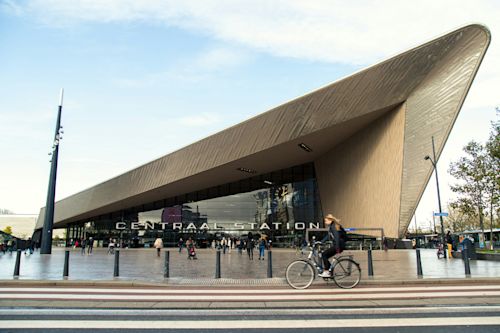
dormakaba Editorial Team

Lisa Cruciani
Lisa is the marketing manager of dormakaba Italy and editor of the Italian edition of the dormakaba blog. She obtained a Master's degree in Communication and Marketing from the European Institute of Design in Milan.
Related articles

Architecture
Traveling Through Architecture: The World’s Most Fascinating Train Stations

Society
Catastrophic Wildfires: Can Technology Anticipate and Prevent Them?
When a natural disaster occurs, the recurring question is: "Could it have been avoided?" Technology plays a crucial role in our response.

Architecture
Hotelification, a Raging Trend in Workspace Design
Among the most innovative trends shaping office design is the concept of hotelification. It is revolutionizing how we conceive the workplace.